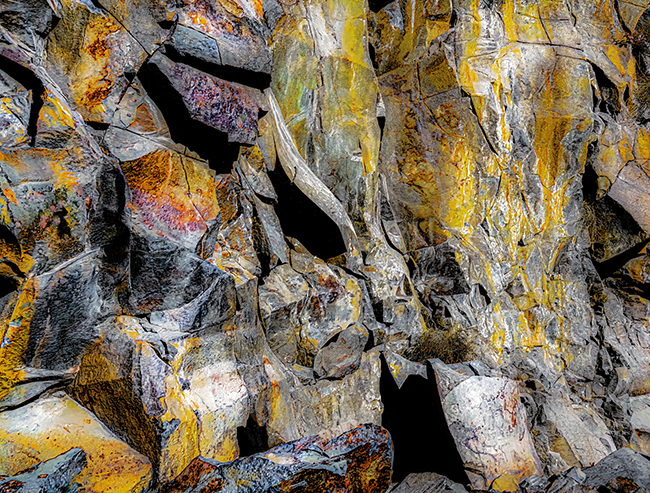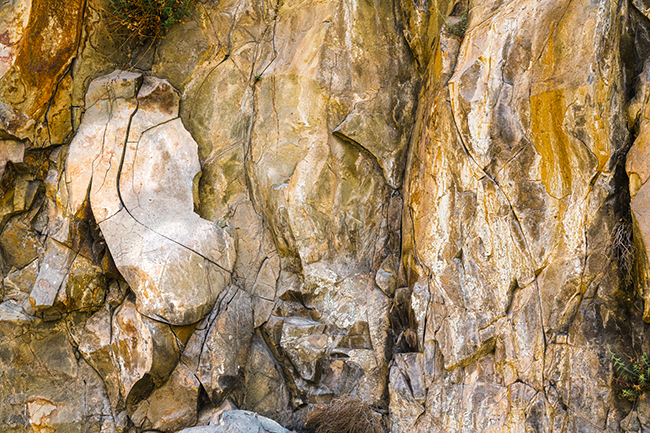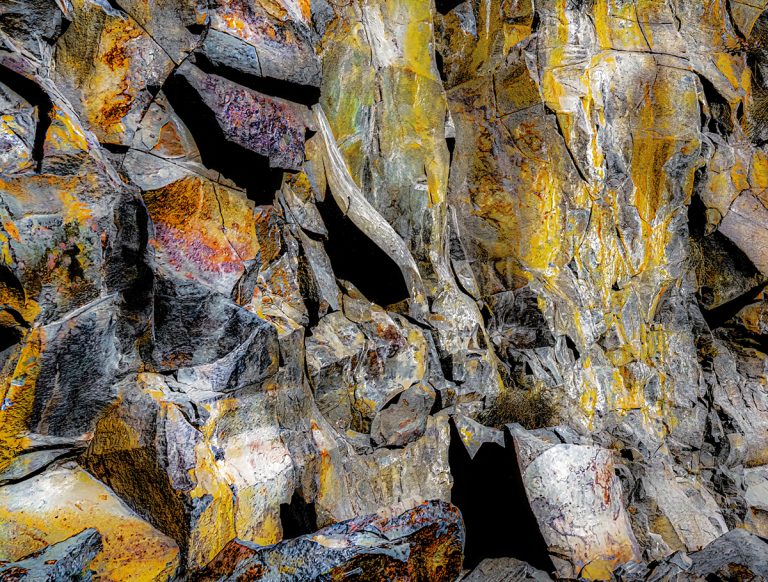Julian Jollon, an American artist, stands as one of those rare creators whose life and art are woven from the same spiritual cloth. Educated in Fine Arts, Photography, and Painting, his artistic path took a fifteen-year pause—years marked by illness, recovery, and unexpected turns. A liver transplant and a career in Hospital Epidemiology reshaped his understanding of fragility and endurance. When he finally returned to art, he did so not as the same person who had left it behind, but as someone reborn through pain and reflection. His work became more than expression—it became testimony. In it, mythology, spirituality, and the resilience of the human spirit converge. Jollon paints and photographs from a place of deep awareness, seeing creation not as possession but as offering, each image a reminder that what passes through us must be given away.
The Gift of the Red Road
In his writing from Thinking Indigenous, Jollon offers a philosophy that guides his creative practice:
“The meaning of life is to discover our passions, and once they are discovered and developed, the purpose of life is to give our gift away.”
That idea—of giving one’s gift freely, without claim of ownership—runs through his work like a river. It reflects Indigenous teachings about the “Red Road,” a path of balance and right living. On this road, art isn’t a commodity. It’s ceremony. It’s how spirit moves through matter, how one person’s vision becomes nourishment for another’s soul. Jollon doesn’t see his images as his own. He calls them transmissions, brief moments when the universe speaks through him.
Celestial Stone Gallery

Among his most evocative pieces, Celestial Stone Gallery stands as both image and invocation. It captures a rocky, mystical landscape—stones glowing with the colors of dusk and dream. At first glance, it could be a photograph. Look longer, and it feels like a painting. The lines blur intentionally; Jollon wants the viewer to question what is real and what is seen through the spirit’s lens. He describes it as a “gallery where stone meets the stars,” a place where ancestral memory hums in color and light.
In this work, three spiritual ideas intertwine.
First, Art as Transmission, Not Ownership. Indigenous wisdom rejects the notion of owning ideas or images. They pass through us, like songs through wind. Jollon’s photograph embodies that principle—his lens is only the messenger.
Second, Stone as Speaker. The landscape isn’t silent. Its surfaces hold stories, cosmologies, and the echo of creation itself. The stones speak in forms and shadows, telling of time older than language.
Third, Generosity of Spirit. The artwork isn’t made to be possessed but shared. Its beauty is meant to circulate, to be “given away.” For Jollon, generosity is the foundation of creation—first to the spirit, then to the world.
A short poem accompanies the image, acting as both echo and extension of its message:
This stone does not belong.
It arrived with colors tasted by sky songs,
painted by a spirit who never asked for name.
It is gallery and vision, gift and echo.
Give it away. That is how we remember.
Eternal Whispers and the Language of Stone

In another body of work, Jollon explores the relationship between human and natural forms. In Eternal Whispers, he merges the image of a woman and a horse with a rugged landscape. Flesh and rock blur together; the boundaries dissolve. Light and shadow move across the surface like breath. There is a stillness in the image, but also a pulse—something alive beneath the surface.
Here, Jollon examines dualities: organic and geometric, human and elemental, softness and strength. His lens captures more than what the eye can see; it traces the unseen dialogue between beings—the shared trust of “ancient beings relating to each other.” The result is poetic, a meditation on connection rather than separation.
A second poem unfolds beside it:
Hands on warm cliff, she hears them—low language of quartz and vein,
old breath folded into mineral, syllables of river-time.
A face steps out of fractured light; a humming, patient company,
stones remembering names the wind forgot.
Her pony stands rooted between hoof and horizon,
mane threaded with cedar and moon-salt, eyes like riverbed glass.
It lifts a hoof and the rock answers, a drumbeat underfoot,
ancestors folding into gait, sending stories up through the soles.
They move as one: woman, horse, and the slow congregation of stone,
a cartography of touch that redraws the world.
The poem, like the image, is a chant. It turns landscape into memory, and memory into prayer.
Art as Offering
For Julian Jollon, art isn’t performance—it’s participation. Each piece invites viewers to step into an ancient exchange: to witness, to receive, and to release. His practice rejects ownership and replaces it with gratitude. Whether through photography, poetry, or paint, Jollon’s message is consistent—our gifts aren’t meant to be hoarded. They are meant to move through us, to remind us of what connects all things.
On the Red Road, he reminds us, art isn’t something you keep. It’s something you give away.

